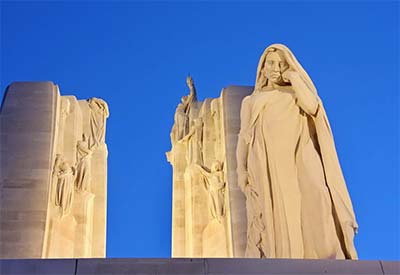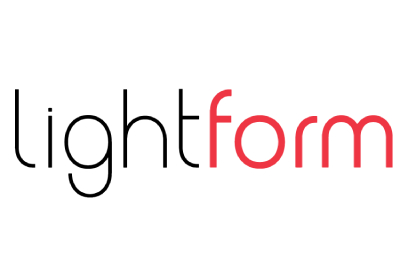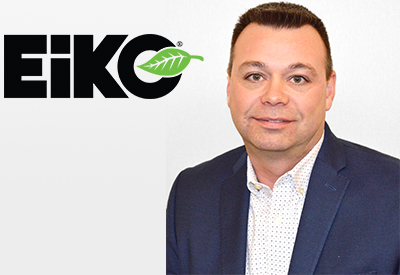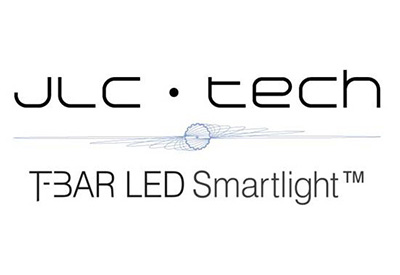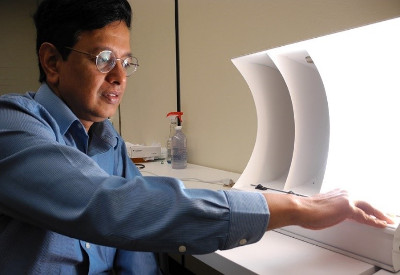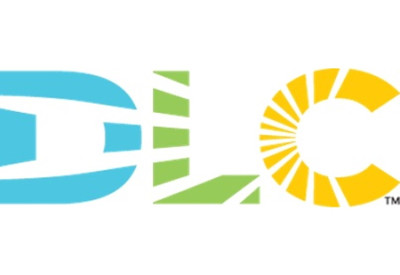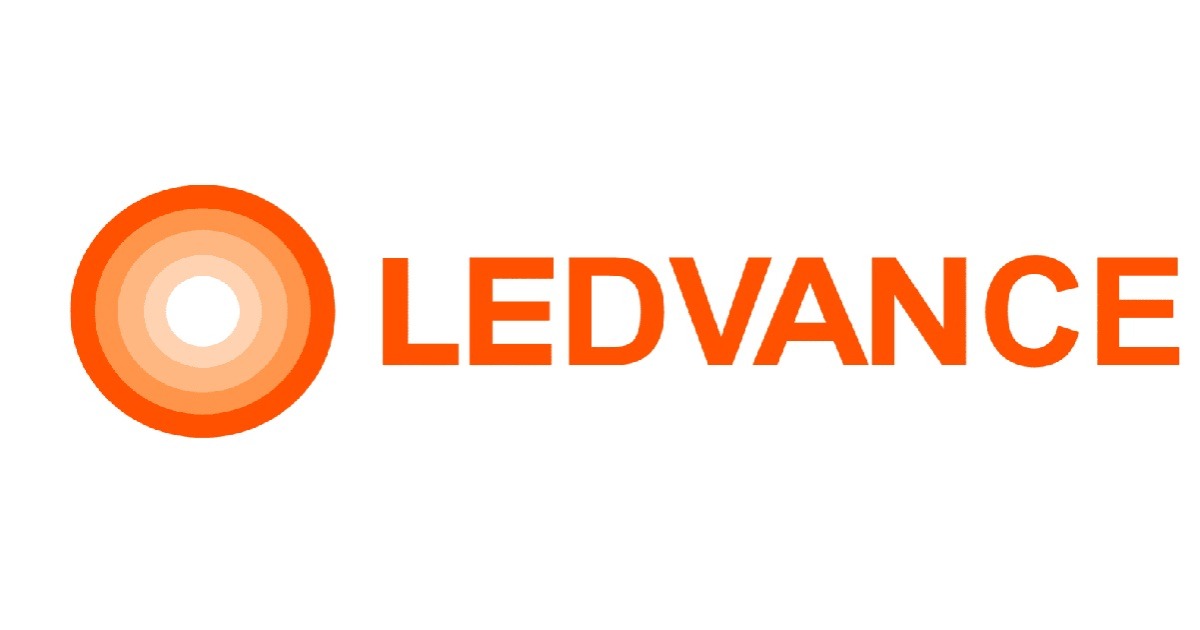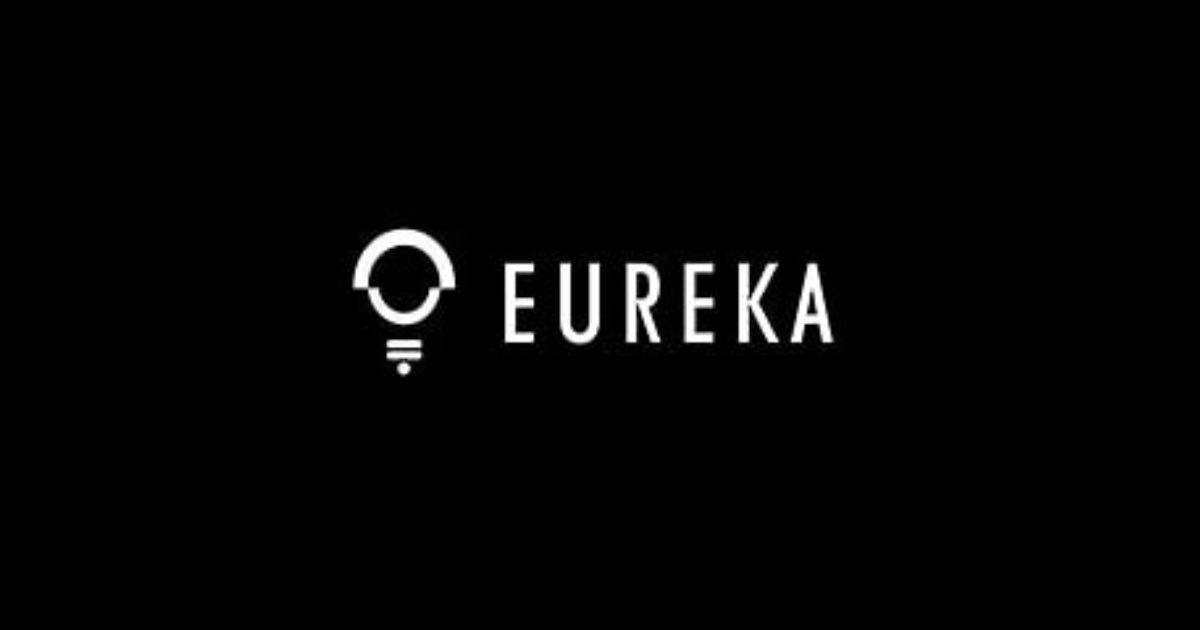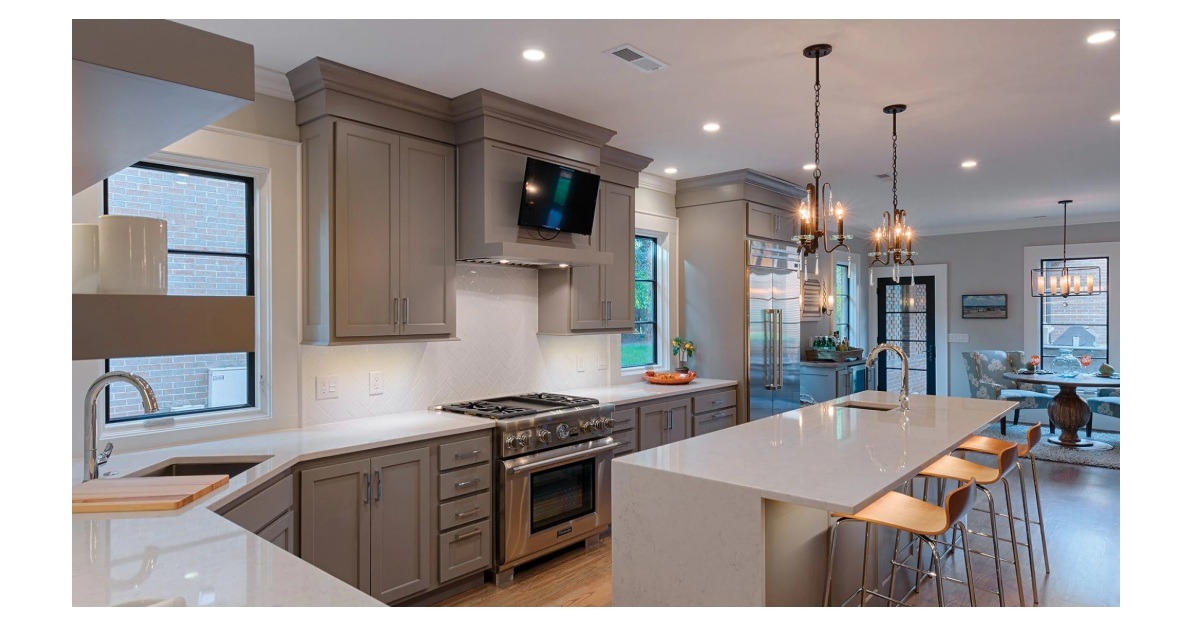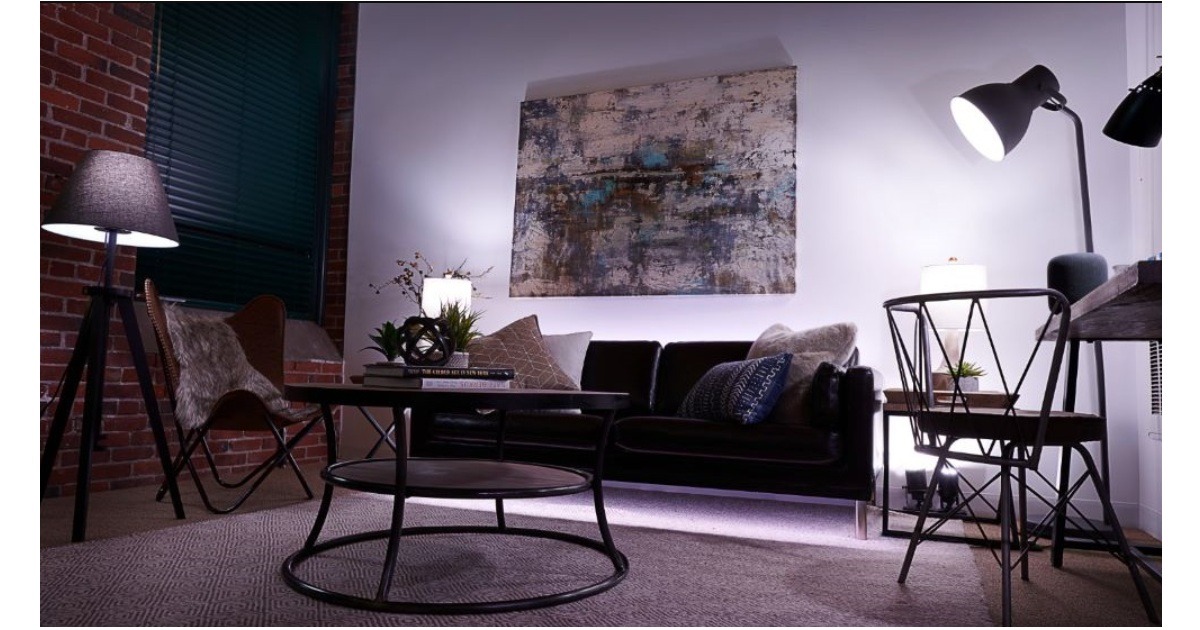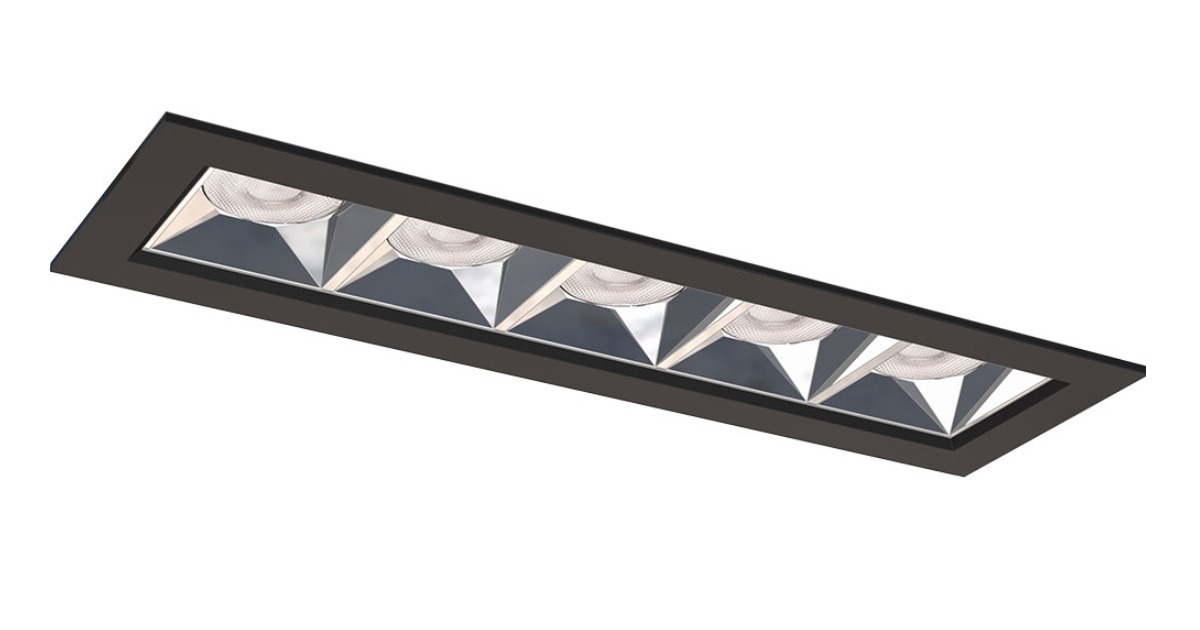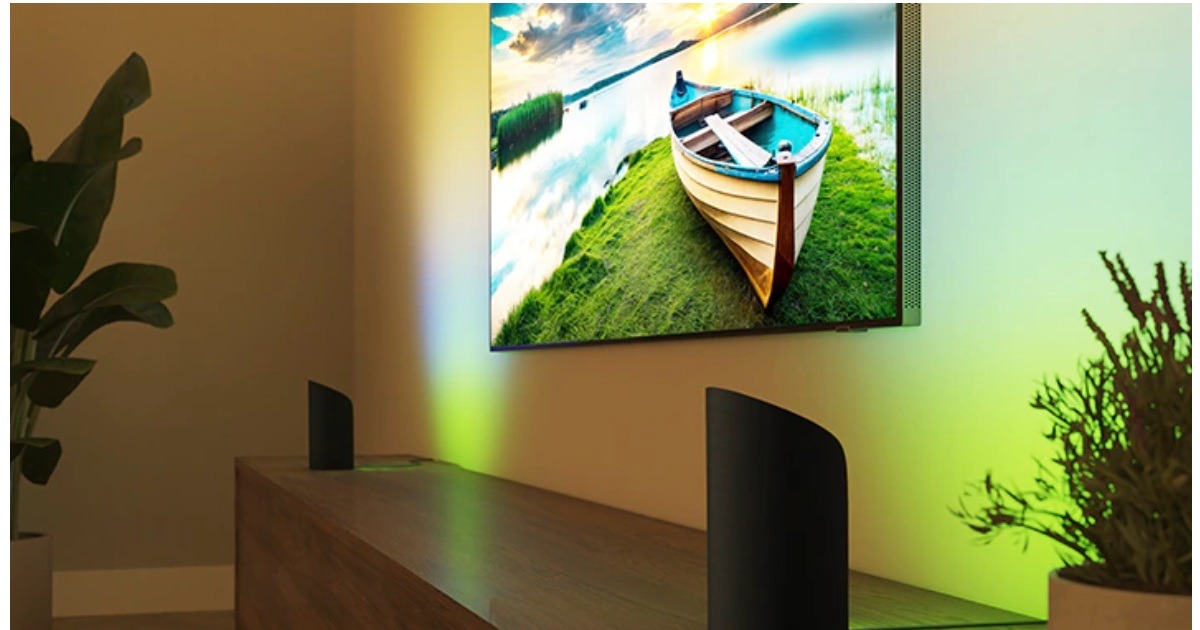DLC Summit 2022 Recap
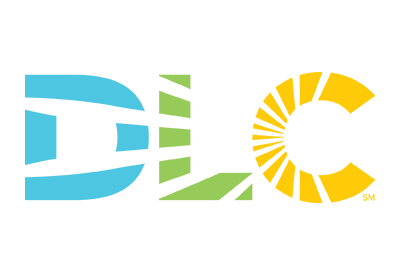
July 6, 2022
The DLC Summit gathered LED lighting stakeholders, including utility and energy efficiency program staff, manufacturers, distributors, researchers, and other professionals to discuss the next frontier in efficient lighting: leveraging controls and connectivity to maximize energy savings and building intelligence. Attendees spent the day learning about and providing feedback on proposed initiatives for the next version of the combined Solid-State Lighting (SSL) and Networked Lighting Controls (NLC) Technical Requirements.
Welcome and Introductions
DLC’s Executive Director, Tina Halfpenny, kicked off the meeting by welcoming attendees and recognizing the level of energy efficiency and lighting experience in the room (over 1,200 years). She reflected on the changes, challenges, and accomplishments in LED lighting implementation in the past three years.
Maggie McCarey, Energy Efficiency Director for the Massachusetts Department of Energy Resources (DOER), talked about the future of efficiency programs in Massachusetts’ three year plan, the importance of decarbonization, and the role that energy efficient lighting can play to reduce greenhouse gas emissions and enable grid flexibility.
Massachusetts’ new climate roadmap was signed into law in 2021 committing the state to net zero by 2050. Compared to 1990 levels, this requires a 50 percent reduction in greenhouse gas emissions by 2030, a substantial increase over the previous 30 percent reduction. This is both a huge challenge and a rich opportunity. Maggie discussed how the focus has shifted from energy reduction goals to greenhouse gas emissions reduction goals and is incorporated into the three year plan for 2022-2024, calling for $3.9B ratepayer investment over three years – with $800 million dedicated to electrification of the building sector.
Equity is also playing a significant role, with investments in programs that support communities which have previously been left behind. The programs will focus on electrification, getting deeper energy savings, and creating more equitable access for environmental justice communities through changes to shareholder incentives and paying more for energy efficiency measures. Because lighting is a very transformed market in Massachusetts, the state is moving away from direct install, retail, and lamp programs and looking to invest the incentive funds to drive more savings from networked lighting.
Panel – Successful Implementation of Connected Lighting
Dorene Maniccia, the DLC’s Director of Market Development, moderated this panel discussion which included representatives from a utility – Naveed Khan, ConEd; a distributor – Marc Hodges, Sonepar; and an end user – Elijah Ercolino, Boston University. Attendees learned what connected lighting is and the opportunities and challenges associated with these projects.
Panelists noted how connected lighting maximizes flexibility for facilities, but called out a need for standardization of systems and education to achieve greater adoption. The discussion included challenges from code restrictions limiting claimable savings to complexity of systems and managing multiple systems. Hodges noted that energy reporting from lighting is important, but needs standardization so that all can take advantage.
In addition, the panelists acknowledged that high profile, large projects often get recognition, but existing small and medium size buildings present a huge opportunity to scale. Khan explained that ConEd encourages beyond code strategies and that large customers benefit from energy monitoring to see savings and make adjustments, but smaller customers don’t always have that equipment. Khan described how ConEd is seeing more adoption among large facilities that can take a holistic approach to get the most savings, and custom incentives can cover up to 80 percent of project costs.
Further challenges include training, with Ercolino noting that he is working with multiple systems and trying to get staff and vendors well trained on all the systems. Also, Ercolino explained challenges with supply chain issues, contractor shortages, cost increases, and reevaluation of incentive levels and structures to address these issues to get projects moving.
Dorene asked the panel about needs for market adoption. Answers included: education for customers to understand the benefits of connected lighting; workforce training for contractors and distributors to drive system sales; the need for simplicity and standardization of controls systems; simplified efficiency program designs; and partnerships with DLC and utilities.
Discussion Sessions
Stuart Berjansky, the DLC’s Technical Director, provided context for the savings potential and role of connected lighting to get to net zero and introduced three topics that are under consideration for the next version of the Technical Requirements.
Let’s Talk Interoperability – D2Di (Device-to-device interoperability):
Dan Mellinger, from Energy Futures Group, provided an overview of current industry standard compliance and disclosure, and explained how D2Di could facilitate easier selection and identification of interoperable equipment, increasing the likelihood of successful connected lighting projects. Groups were asked to discuss benefits of interoperability and challenges to implementation such as standards development time, burden on manufacturers to verify and test systems with various devices, and installation and end user challenges. Potential solutions included: a stepped approach with incremental improvements in interoperability over time, additional discussion with standards development organizations, boundaries for D2Di with clear definitions, and education for contractors and end users focused on commissioning.
Making Room for Room Controls:
Jason Jeunnette, Technical Manager at the DLC, described the need for simplicity and scalability for NLC systems used in prescriptive energy efficiency programs to ensure ease of participation. He defined systems as predefined “bundles” of interoperable control components that can be easily specified, ordered, installed, configured, verified, and operated. An accompanying report showing the components and a sequence of operations could ensure that the appropriate control strategies are enabled, are installed as intended, and will produce verifiable savings. The groups discussed which control strategies should be included, size and scope of projects, installation and commissioning considerations, and the need for energy monitoring. Clear communication, standardized definitions, and effective education were reported from all groups as key components required for garnering their confidence in a small-scale networked lighting controls program.
This discussion session led by Leora Radetsky, the DLC’s Senior Lighting Scientist, introduced ideas for new approaches to address efficacy, the benefits and potential drawbacks of increasing efficacy, and potential ways to consider efficacy. Participants discussed concerns regarding supply chain delays, increased costs for materials, and associated administrative costs for efficiency programs. There was a consensus that frequent, smaller changes would amplify these issues and that more research and education would be needed to move toward application efficacy.
Whose Footprint is that? Embodied Carbon and Sustainable Lighting Design:
Tina Halfpenny moderated this panel of industry trailblazers who shared their work assessing and measuring embodied carbon in lighting projects to meet sustainability goals.
Alexandra Gadawski, from HMFH Architects, gave an overview of why it is important to consider carbon reductions beyond energy use (i.e., embodied carbon) for climate health. In the near term, climate health can be supported by choosing products that reduce carbon emissions, with an ultimate goal to select carbon sequestering products. She walked through a product’s life cycle impact, from extraction of raw materials to recycling, reuse, and landfill. She noted that we all have a role to play, and it’s very important that everyone along the supply chain is invested. She explained how EPDs – Environmental Product Declarations – are a tool to help make an informed decision by disclosing embodied carbon and allowing whole building assessments, benchmarking, and setting metric-based goals.
The goal is to reduce embodied carbon in buildings by 65 percent by 2030, and to net zero over the whole life of the building. Lighting makes up only 1 percent of a building’s embodied carbon, but reducing it by that much adds up. She shared examples of material transparency standards for various products and noted that everyone in the room can be in on the ground floor at this really important moment in sustainable design.
Dr. Nathaniel Jones, from ARUP, demonstrated the influence designers, manufacturers, and engineers have on decreasing the carbon in clients’ projects. He presented the example of a building constructed in 2025, which has an expected lifespan of 100 years, explaining the need to look at embodied carbon in construction as well as operational carbon. He pointed out that every 20 years the building could need retrofits to replace outmoded equipment with upgraded equipment. Fortunately, he noted that there is a pathway to zero in each category and what’s left can be handled with carbon offsets and renewables to get to net zero.
He described circular lighting design principles that consider designing for daylight; use of products that can be upcycled, decycled, and recycled; use of adaptable systems; higher flexibility; and high quality design for longevity. Additional actions include converting to LEDs, and using fewer linear fixtures rather than larger quantities of small fixtures, resulting in less materials and packaging. Consideration should also be given to factory location/transportation of products, and whether the products have an EPD. Dr. Jones described a modular luminaire system that provides great flexibility in application and has 100 percent replaceable components for additional sustainability.
Sara Schonour, from Lytei, shared the strategies for change and opportunities for participation. She explained how lighting designers are looking for transparency on labels and documentation to show that products designed with a low carbon footprint are produced with sustainable and humane methods, and are also readily available and affordable. She advocated for EPDs and certifications established in other trades (e.g., DECLARE), presented several action steps for manufacturers to reduce embodied carbon, and provided resources for finding more information.
In the closing session, Stuart Berjansky shared key takeaways for the biggest risk and opportunities gathered from each table during the discussion sessions.

